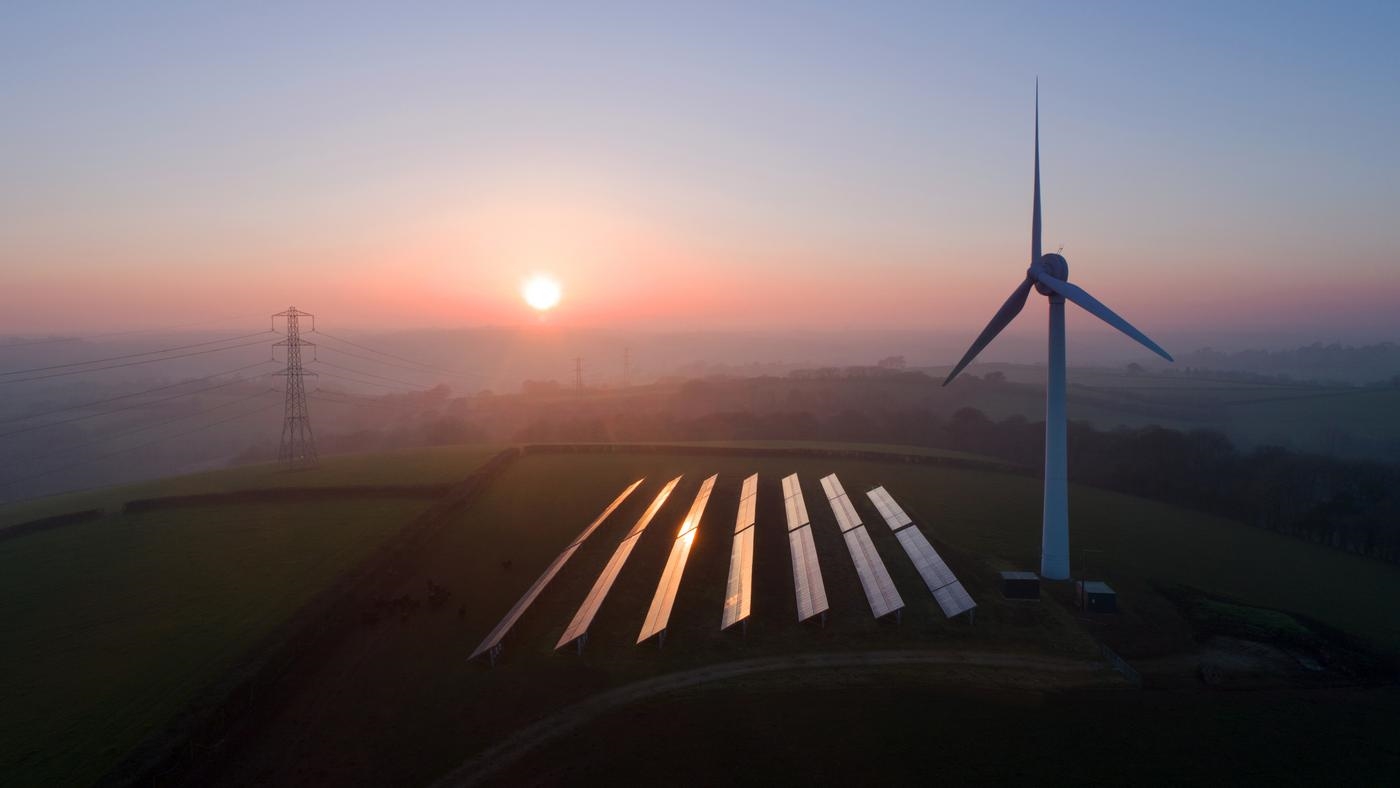What’s in store for gas and LNG in Europe?
An overview of market balances, the price outlook and risks for European gas and LNG through 2026
3 minute read
Recent elevated prices for gas and liquefied natural gas (LNG) in Europe reflect ongoing risks, including threats to the availability of Russian supply, uncertainties around Norwegian fields maintenances and the impact of increasing Asian LNG demand. Will European prices continue to rise, or will the market soften?
In our latest quarterly short-term outlook for European gas and LNG, we’ve forecast supply and demand and their impact on prices through to 2026, as well as an assessment of the potential risks. Fill out the form at the top of the page to download an extract from the report or read on for a quick summary of key highlights.
2024: Higher prices will limit Asian LNG demand growth, resulting in European storage filling up by October
Low European demand has kept storage at record levels since the start of this year, softening global LNG prices. But this has turbocharged demand in key Asian markets, with LNG imports in China rising 22% year to date. Consequently, TTF is up 40% over the past three months, trading close to US$11/mmbtu. As the market grapples with supply risks from Russia and maintenance at Norwegian fields, record European storage levels are keeping a lid on prices.
Looking ahead, high prices are likely to create some headwinds to near-term Asian demand growth. As a result, European storage levels remain on track to reach full capacity by the end of September and stay that way through October. This will put downward pressure on prices, compared to the current forward curve.
What are the risks?
Asian LNG demand resilience, Norwegian fields maintenances and LNG supply disruptions all provide upside risks to prices. Expect continued volatility.
2025: Loss in Russian volumes and growing Asian LNG demand support a tighter market
Normal weather dynamics and a strengthening macroeconomic outlook is set to drive increased heating requirements, industrial activity and electricity demand. Overall, we forecast an increase in gas demand of 7 billion cubic metres (bcm), compared to 2024
However, Europe will lose more Russian volumes, up to 12 bcm per annum, as the transit agreement via Ukraine expires on 1 January 2025. Central European markets will look for alternatives to bolster supply, including boosting use of LNG regasification capacity in Southeast Europe. Meanwhile, rising Asian demand will absorb most of the yet limited new LNG coming online, but Europe should manage to import an extra 4.2 mmtpa compared to 2024.
Consequently, European storage levels are set to reach lower levels compared to the past two years, reaching just above 90% by the end of the injection season, putting upward pressure on prices.
What are the risks?
The pace of LNG supply growth and demand across Europe and Asia all provide upside and downside risks. Uncertainty over Russian gas and LNG exports further muddies the waters, making 2025 a difficult year to call.
2026: A wave of new global LNG supply growth rebalances the market
With more than 40 mmtpa of LNG supply growth expected in 2026, prices will undergo a structural shift. Asian LNG demand will absorb significant additional LNG supply, but Europe will have to absorb almost 20 Mt additional LNG in 2026, putting downward pressure on prices. European storage levels will once again reach record levels, despite resilient gas demand and reduction in pipe imports from Norway. Our view is the need for US cargo cancellations to balance the market remains limited.
What are the risks?
A muted demand response to lower prices across Asia would undoubtedly draw out the market imbalance. Conversely, supply risks can’t be ruled out. An anticipated escalation of Western sanctions on Russian LNG threatens to dent our overall supply growth story, increasing the potential for a stronger-for-longer market.
Don’t forget to fill out the form to download an extract from the full report, which covers these themes in detail and includes a range of charts and supporting data.







